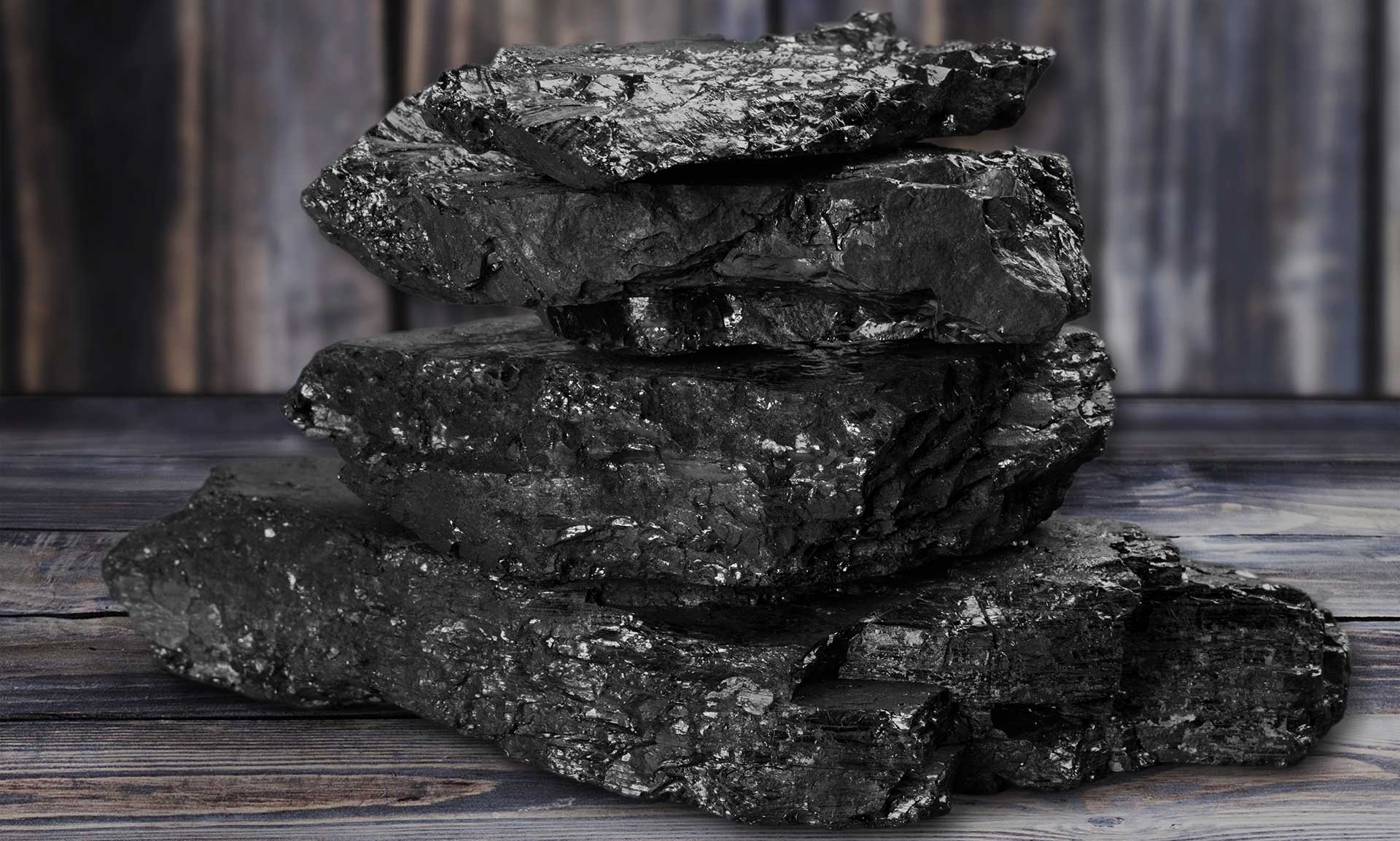Boron (B), Properties Of Boron

Properties:
Boron is a chemical element with atomic number 5. Boron is a dark powder that is scarce on earth. The biggest boron deposits are located in Turkey. Boron is usually used in chemical compounds. Boron forms stable covalent molecular bonds. Boron is considerably difficult to obtain boron’s pure material. The oxidation rate of boron relies on the particle size, crystallinity, purity and temperature. At room temperature air does not affect boron, but at higher temperatures boron burns and boron trioxide is formed. Boron has the oxidation state 3 in most compounds (with oxides, halides, nitrides, sulfides). Boron has two stable isotopes, ^ 11 B (80.1%) and ^10 B (19.9%). Boric acid, borax and boric oxide are the most vital compounds of Boron.

Applications:
Boron is used in Rocket fuel igniter
Boron is used in Pyrotechnic flares
Boron is used in Eye drops
Boron is used in Mild antiseptics
Boron is used in Washing powders
Boron is used in Tile glazes
Boron is used in Food preservative
Boron is used in Bleach
Boron is used in Manufacture of borosilicate glass (Pyrex)
Boron is used in Fibreglass textiles
Boron is used in Nuclear reactors
Boron is used in Neutron detection
Boron is used in Dopant in semiconductors and reagent intermediates agriculture
For Related Products, please visit:
Comments
Post a Comment